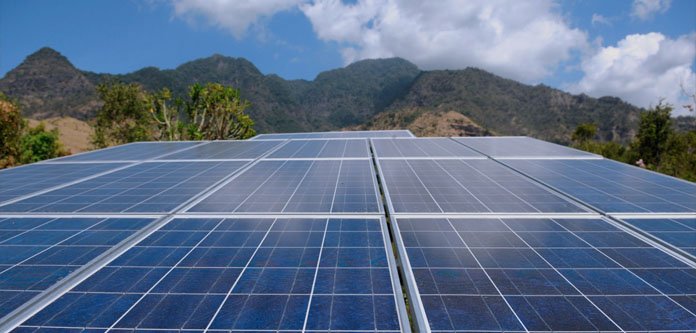Kenyan water utility Nyahururu Water and Sanitation Company (Nyahuwasco) has launched tender for construction of a solar power plant at one of its water treatment facilities.
The selected developers will be responsible for financing, designing, and constructing the solar plant, as well as for the entire permitting process. The deadline to express interest in the project is February 23.
Nyahuwasco, operates in the Laikipia West sub-county of Laikipia County, in central Kenya and is fully owned by the County Government of Laikipia. The project aims to enhance sustainable and affordable water supply.
Read: Kenya’s KPLC to hybridize 23 diesel mini-grids
Project details
The project entails equipping the intake and treatment station with solar system for generation of solar energy for running the water pumps. The broad objective of this project is to cut down the cost of electricity for running water pumps by shifting from total reliance on grid power to solar power, to enhance consistency in water production and supply in Nyahururu town and its environs regardless of grid power supply downtimes, and to cut down the operation cost of the utility in the long run.
The solar PV pumping systems are based on the power requirements of each existing pump units as specified by the Engineers. The successful Bidder shall check the Engineers’ specifications and concur with them that the specified solar PV system is sufficient for meeting the power requirements of the existing pump units.
The bidder shall also implement the Environmental and Social Management and Monitoring Plan (ESMMP) during the supply and installation Contract and the Maintenance and Service Contract
According to a recent study by researchers at Mohammed V University in Rabat, Morocco, reverse osmosis for water treatment can be maximized at lower energy consumption by powering it with solar PV. Combination of reverse osmosis with PV power generation can help to improve the rejection of chlorophenols in the water treatment process. Chlorophenols are toxic, colorless, and weakly acidic organic compounds that are ubiquitous contaminants in the environment.

